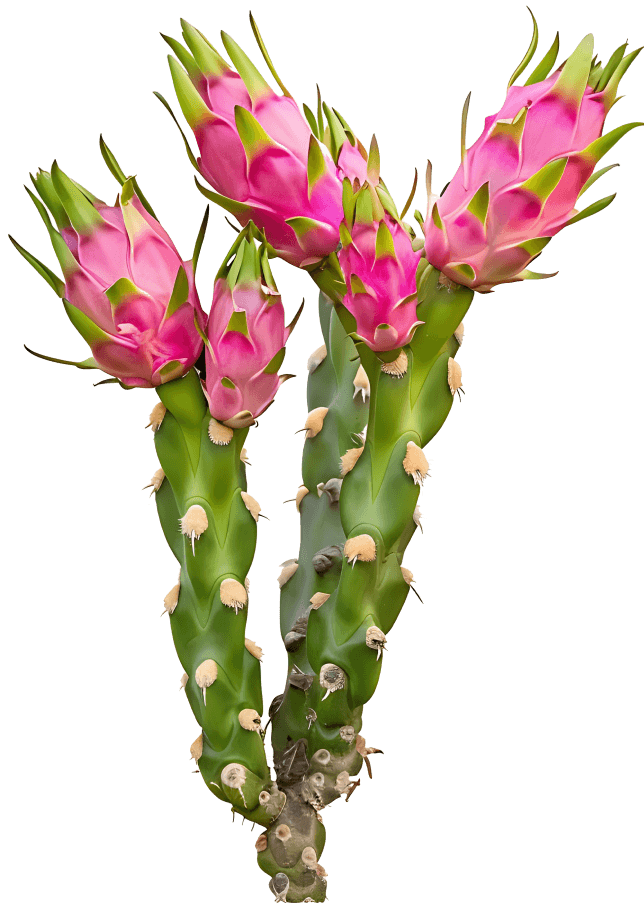Dragon fruit plant life are propagated from stem cuttings, which take about 3-4 weeks to root. Once the slicing has rooted, it can be transplanted into a large container or into the ground. Dragon fruit plant life are propagated from stem cuttings, which take about 3-4 weeks to root. Once the slicing has rooted, it can be transplanted into a large container or into the ground.
Plant establishment:
The dragon fruit plant will set up itself for about 1-2 years after planting. During this time, the plant will develop slowly and will now not produce fruit.
Fruit production:
After the plant has hooked up itself, it will commence to produce fruit. The time it takes for the dragon fruit to be equipped for harvest can fluctuate relying on the variety, however, it usually takes three to four months after flowering.
Harvesting:
Fruit is geared up to harvest when it is plump, and the pores and skin is definitely colored.
In addition to the data supplied by using the United States Department of Agriculture (USDA), there are various different sources that supply records on developing dragon fruit. Here are a few examples:
The University of Florida’s Institute of Food and Agricultural Sciences (UF/IFAS) presents data on dragon fruit cultivation, such as statistics on planting, fertilization, pruning, pest and sickness control, and harvesting.
The International Pitahaya Organization (IPO) is a non-profit organization that offers data on the cultivation, marketing, and advertising of dragon fruit.




















